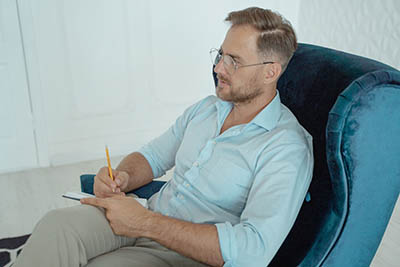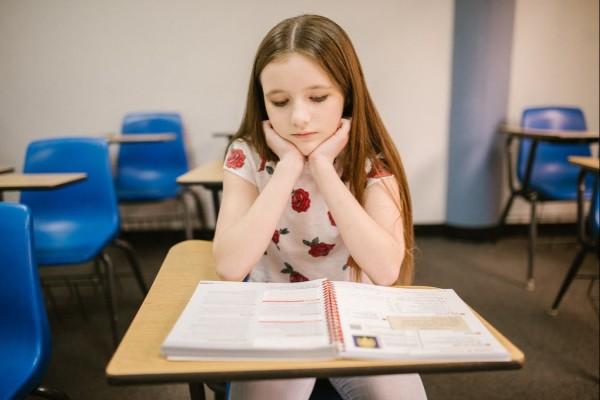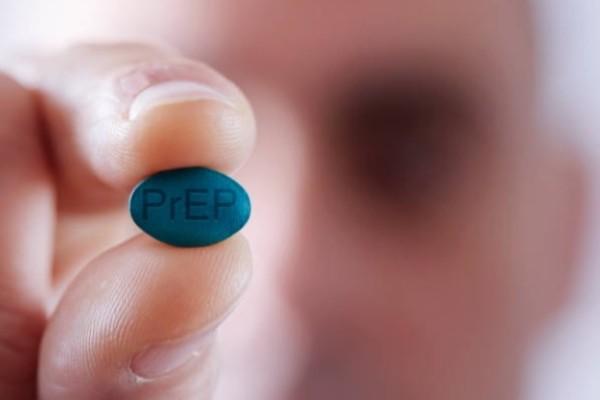
For Teachers & Professionals
The Characteristics of Sex Education Teachers
Sex education aims to develop and strengthen the ability of children and young people to make conscious, satisfying, healthy and respectful choices regarding relationships, sexuality and emotional and physical health. In Europe, sexual education as a school curriculum subject began in Sweden in 1955, followed by many more Western European countries in the 1970s and 1980s. Its focus has changed through time according to the development of society. It started with the prevention of unintended pregnancy (1960s-70s), then moved on to the prevention of HIV (1980s) and awareness about sexual abuse (1990s), and finally to embrace the prevention of sexism, homophobia and online bullying from 2000 onwards. Today, an analysis of gender norms and reflections on gender inequality are important parts of sex education.
From the beginning, the skills that were considered necessary for professionals who were given the task of providing sex education to young people were assumed to involve a mixture of substantive knowledge and personal characteristics. The question has always been, besides having great knowledge, what does it take for a teacher to actually pass this knowledge to the child and have an influence on them? And in this specific topic, which teaching style and personal characteristics of the teacher play a role in the pedagogical design of sex education?
1. Open and interactive style
Presenting cognitive and factual knowledge is important (talking about anatomy, sexually transmitted diseases, contraception and so on). But teachers shouldn’t stop at this. It is a prerequisite to creating a safe and secure environment within the class before addressing the main topics. Talking about effective effects before can be a good compromise. Children and adolescents are discovering themselves, experiencing butterflies in the stomach, and having their first interactions. This is why their needs and questions should also be important. It is also interesting to choose working methods that require students to cooperate and communicate with each other. Students are expected to do more than acquire factual knowledge about reproduction or sexually transmitted diseases; the primary goal should be to help students learn how to talk about sexuality and develop their own opinions about it, and to understand that everything is open to discussion.
2. Humorous or serious?
Sexuality might still evoke tension when one approaches it, so the atmosphere in the classes should be light and playful, particularly during the first lesson. Many teachers prefer to approach the subject seriously, this creates a sort of distance that is perceived as safe, but also creates distance from the students. A few teachers consistently chose humour as a teaching style. According to these teachers, humour piques the students’ interest, makes it easier to discuss intimate and personal topics, and provides a positive image of sexuality – it is possible to laugh about it.
3. Personal competences
Some of the competencies that might be required to talk about sexuality are ‘openness’, ‘communicative competence’, ‘the ability to create a safe atmosphere in the classroom’, and ‘empathy’. Sex education teachers should not be ‘hesitant’ or ‘shy’. Teachers should be sufficiently equipped to address and discuss the emotional or sexual subject matter in class, be able to verbalise affective issues (‘without stumbling over one's words’), or be able to respond non-verbally in an adequate way (‘you have to listen and observe well’).
4. Experience
Not only with the subject but also with how to approach education. This is an important factor that affects teaching strategies and teaching styles. First approaching teachers might be shy, concerned about performance, and might not perceive the subject as “free and easy”. A lot of teachers gain self-confidence after a while and this is reflected in what and how they teach.
5. Ability to assess the starting situation and the levels of development of the students
The students differ so greatly with regard to physical and socio-emotional development that teachers may struggle to choose the appropriate moment to present the various components of sex education. The choice of the topics and the most appropriate moment for sex education are based on the knowledge of the physical and socio-emotional development of the students, and this knowledge is based largely on the years of interacting with children and the ability to assess the situation at which the class starts. Each class is a unique case; because each class has its own learning difficulties, teachers must adjust their teaching styles and pedagogical approaches according to these characteristics. Cultural differences, gender and development differences and eventual specific disability should be taken into account. Teachers can improve their subject-specific pedagogical knowledge by first investigating how students think and what they know about particular topics. In other words, an extensive analysis of the students' starting situation can serve as a foundation upon which teachers can base their teaching strategies.
REFERENCES
European Expert Group on Sexuality Education. (2016). SEXUALITY EDUCATION. WHO/Europe. Retrieved September 28, 2022, from https://www.euro.who.int/__data/assets/pdf_file/0008/379043/Sexuality_education_Policy_brief_No_1.pdf
Timmerman, G. (2009). Teaching skills and personal characteristics of sex education teachers. Teaching and teacher education, 25(3), 500-506.
Share the knowledge!
More For Teachers & Professionals Q&A

Teaching consent to Young children (8 – 12 years old)

PEARLS model to talk about Sexuality

Communication Strategies for Discussing PrEP

Teaching consent to older adolescents (13-18 years)

Taboo topics: Masturbation

Stroke and Sexuality
This is a website that WE are building together. If you have a question there is no answer to on this site, send it here!
